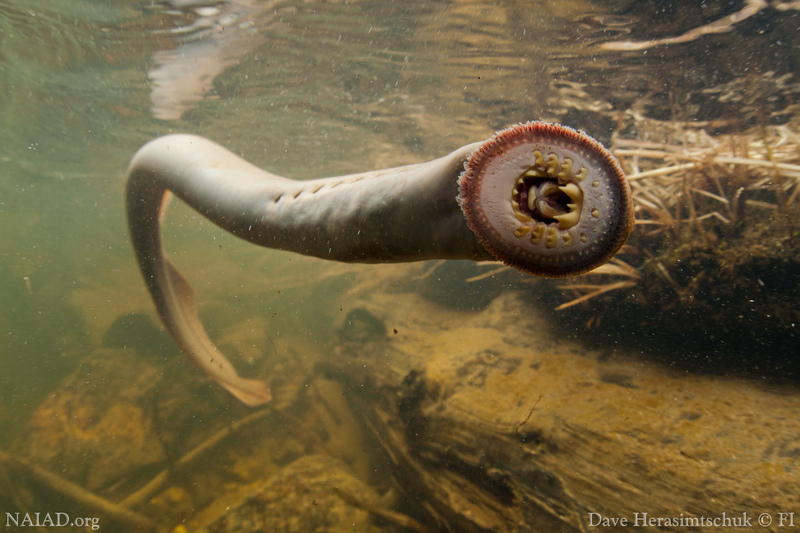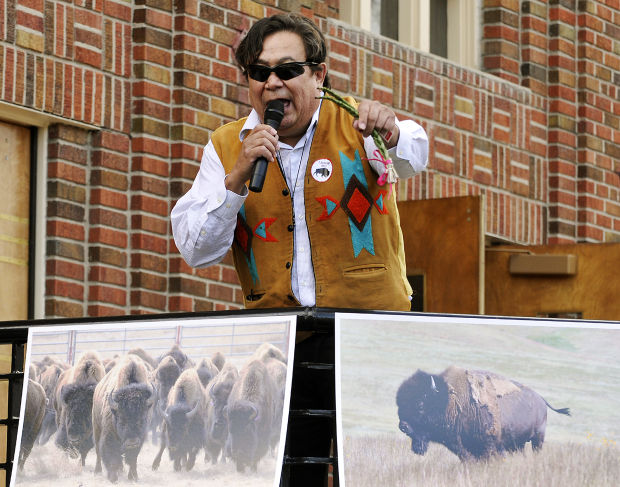This phenomenon happens most often west of the Mississippi River in what we know as the High Plains and West, but it's not limited to there. The Upper Midwest seems to also have a thriving tribal ecology focus, and even the Eastern Cherokee, a little birdie whispered in my ear, are starting to take their tribal areas in Western North Carolina more seriously in terms of holistic management. There might be some elk running around soon.
Here is an informal list of what I have found so far. If you want to learn more about any specific introduction effort, I would use the tribe and species as keywords for an internet search and I bet you find something:
Note: I am trying to collect a list of reintroduction, but there are plenty more programs where there are habitat improvements for endangered, or locally extinct species that might not make the list. My scope might be too narrow, but I started a while ago when it seemed a fun challenge and this list would get really long if I listed every habitat improvement program, as much as I applaud them.
Bison Bison Bison:
I covered the Bison as a case study in Part II. You can find the official lists of the Inter-tribal Buffalo Council there. There is currently great debate about what to do with a perceived overabundance of Bison in Yellowstone ( yes, despite Wolf Reintroduction) and many Reservations seem to have offered to take them to begin herds to keep them from being culled. Since these Yellowstone specimens are some of the last of the genetically pure buffalo ( without cattle inbreeding) it seems like a great way to absorb these amazing animals from this now annual winter massacre of sorts, management though it is somewhat convincingly argued to be.
Here is an abbreviated list:
Crow
Taos Pueblo 1905
Pine Ridge and Cheyenne river in 1970's
Fort Belknap Nakota and A'aininin Reservation 600 head of which about 40 are Yellowstone genetically pure
Fort Peck Assiniboine and Sioux (Montana) 45 in 2012 139 more in 2014
Lakota Sioux at Pine Ridge 45 head herd donated 2003-2008 in small numbers
http://www.villageearth.org/global-affiliates/knife-chief-buffalo-nation-2
Southern Ute (Colorado) 30 head since early 80's
Unintah and Ooray Ute Reservation (Book Cliffs Utah) 480 head since 1986 more every few years
https://wildlife.utah.gov/hunting/biggame/pdf/bison_10.pdf
Even Though Washington State is considered outside the Original Range of Bison Bison:
Yakama Nation (Washington) 12 in 1991 to 125 now
Stillagaumish (Washington) 8 in 2008
Umatillas (Oregon) had them by an act of god but seem to have given them up in 2003. A Herd of Buffalo came onto their reservation from a neighbor who had fled to mexico to avoid some criminal charges it seems, but they were seen to be causing a ruckus so they were headed up!
Colombia Whitetail Deer:
Cowlitz Tribe
Blackfooted Ferret:

From a Population of 21 captured in Wyoming, the last remaining after they were thought to be extinct, the Blackfooted Ferret Numbers in the High Hundreds now. 300 are kept in captive breeding, centered in NE Colorado, and most of the rest are on Native Lands.
http://indiancountrytodaymedianetwork.com/2013/08/23/tribes-pull-black-footed-ferrets-back-brink-150922
Fort Belknap Nakota and A'aininin Reservation (Montana) early 90's
Cheyenne River Sioux Reservation (South Dakota) 2000
Lower Brule Sioux (South Dakota) 2006 and 2007
Rosebud Sioux (South Dakota)
Northern Cheyenne (Montana)
Navajo Ranch (Arizona)
Cui Ie Fish:
Pyramid Lake Paiutes of Nevada
Elk:
Fon Du Lac Reservation Wisconsin
Ho Chunks have 27 want 400 Wisconsin
Some tribes in the Northwest are getting more serious about habitat, expanding current populations with more care.
Sharp Tailed Grouse:
Coeur'd Alene Tribe ID
Interior Least Terns:
they nest along the Missouri River.
Standing Rock Sioux
Pacific Lamprey:
Wiyots of Northern California

Burrowing Owl:
Upper Nicola Band BC CA
Piping Plover:
Prairie Dog:
Cheyenne River Sioux Reservation
Crow Creek Reservation
Pronghorn Antelope:
yakama
http://www.ynwildlife.org/pronghorn.php
Coleville
Coho Salmon:
Nez Pierce of Idaho
Calfronia Bighorn Sheep:
Colville
Churro Sheep:
The Churro is not a native North American Species. It came from Spain with early Spanish Settlers, but over 400 years it had such an impact on the Navajo they want it back, and it's hard to tell em not to!
Navajo
River Sturgeon:
Fon Du Lac Reservation Wisconsin
Kootenai of Idaho

Lake Sturgeon:
St Regis Mohawk Tribe
Flathead
Sprague Pippits:
Swift Fox:
Blackfeet Indians of Montana
Fort Peck Assinibone & Sioux of Montana
Pine Ridge Sioux
Turkey:
Fort Peck Assinibone & Sioux of Montana
Nez Pierce of Idaho
Prarrie Dog Empire on Amazon
Did I miss any tribes, species, or efforts?
leave me a comment!
Major Source:
US Fish & Wildlife Tribal Grants Program
https://www.fws.gov/nativeamerican/pdf/twg-projects-summary-2007-2012.pdf



No comments:
Post a Comment